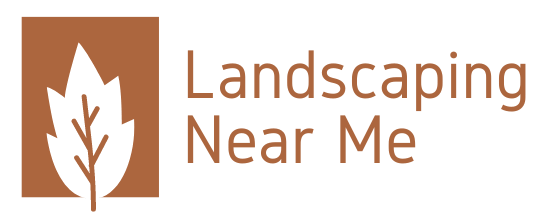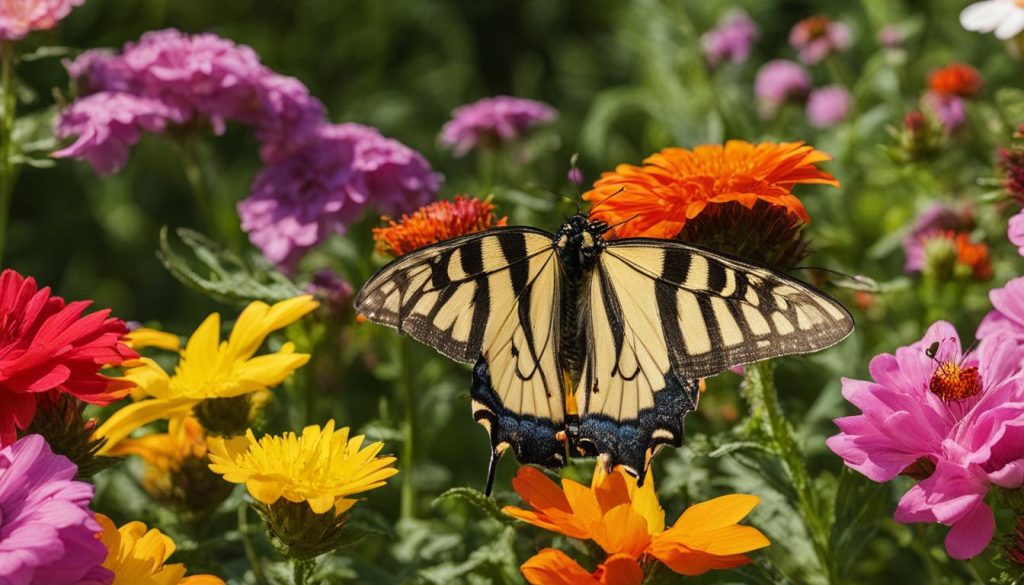Welcome to our guide on creating a pollinator-friendly landscape in your Canadian garden. By designing your outdoor space to attract bees and butterflies, you can contribute to the overall health of our natural environment. Our guide will provide you with tips and strategies for creating a beautiful garden that not only looks great but also benefits the world around us.
Key Takeaways
- Creating a pollinator-friendly landscape can benefit both your garden and the environment.
- Bees and butterflies play a vital role in pollination and reproduction of many plants.
- Providing the right food sources, nesting habitats, and avoiding harmful pesticides can attract bees to your garden.
- Selecting nectar-rich flowers and providing host plants for caterpillars can attract butterflies to your garden.
- Choosing native plants that are well-suited to the Canadian climate is crucial for supporting pollinators throughout the seasons.
Understanding the Role of Pollinators in Canadian Gardens
As gardeners, we often focus on planting beautiful flowers and delicious vegetables, but it’s essential to recognize the vital role that pollinators play in our gardens. Bees and butterflies are the most common pollinators in Canadian gardens, and they are responsible for transferring pollen from the male to the female parts of plants, leading to successful reproduction. Without bees and butterflies, many of our favourite foods, such as apples and strawberries, would not exist.
In addition to their importance in our food system, pollinators also contribute to the overall health and diversity of our natural environment. By attracting these beneficial insects to our gardens, we can help to increase their populations and support their important work as pollinators.
Canada is home to over 900 species of native bees and hundreds of butterfly species, and providing suitable habitats for these creatures is crucial to sustaining their populations. Furthermore, attracting pollinators to our gardens can make it a haven for other wildlife such as birds and beneficial insects.
The Importance of Canadian Gardens for Pollinators
With urbanization and habitat loss, many of our native pollinator species are facing threats such as pesticide exposure and loss of nesting habitats. In cities and suburban areas, gardens can provide important habitats and resources for bees and butterflies. Therefore, it’s essential to create pollinator-friendly landscapes in our outdoor spaces.
Furthermore, Canadian gardens are critical in supporting migratory pollinators such as monarch butterflies. These iconic butterflies need specific habitats along their migration route to successfully complete their life cycle. By creating butterfly-friendly gardens, we can help monarch butterflies and other migratory pollinators survive and thrive.
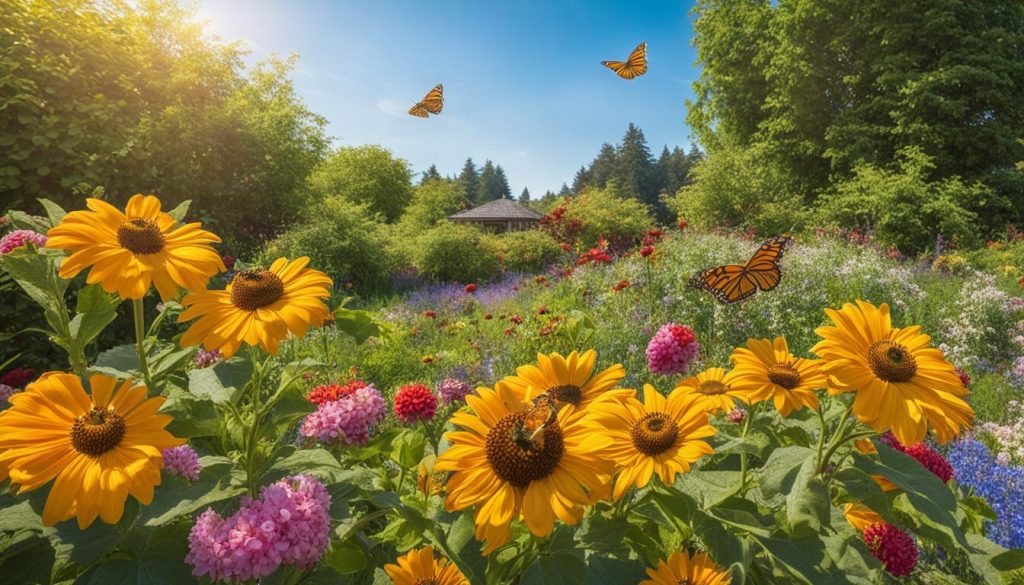
Creating a Pollinator-Friendly Garden: A Win-Win Situation
Attracting bees and butterflies to our gardens is a win-win situation. Not only do we get the benefit of increased pollination resulting in healthier and more abundant plants, but these pollinators also get the resources they need to thrive.
By planting a variety of pollinator-friendly flowers and herbs, we can provide a diverse food source for bees and butterflies. Additionally, providing suitable nesting habitats such as bee houses and butterfly boxes can encourage these creatures to make our gardens their home.
Choosing not to use harmful pesticides in our gardens is also essential in creating a healthy environment for pollinators. Pesticides can be toxic to bees and butterflies, and removing them from our garden can help to protect these creatures.
In Conclusion
As gardeners, we have a crucial role to play in supporting pollinators in our Canadian gardens. By understanding the role of these vital creatures and creating a pollinator-friendly landscape, we can help to sustain healthy pollinator populations and contribute to the overall health of our natural environment.
Creating a Bee-Friendly Landscape
Attracting bees to your garden is crucial for pollination, and creating a bee-friendly landscape is easier than you might think. Here are some practical tips to attract bees to your outdoor space:
| Tip | Description |
|---|---|
| Plant native flowers | Bees are attracted to native plants that are well-suited to the local climate. Choosing a variety of flowering plants with different shapes and colors can also help. |
| Provide nesting habitats | Bees need a place to build their nests. Leaving some areas of bare soil, building a bee hotel, or providing nesting boxes can be helpful. |
| Avoid using pesticides | Pesticides can be harmful to bees and other pollinators. If you need to use pesticides, choose products with the least toxic ingredients and avoid spraying during the daytime when bees are most active. |
| Plan for continuous bloom | Planting flowers that bloom at different times throughout the growing season will provide a continuous source of food for bees. |
Some of the best plants to attract bees to your garden include:
- Lavender
- Bee Balm
- Coneflower
- Goldenrod
- Wild indigo
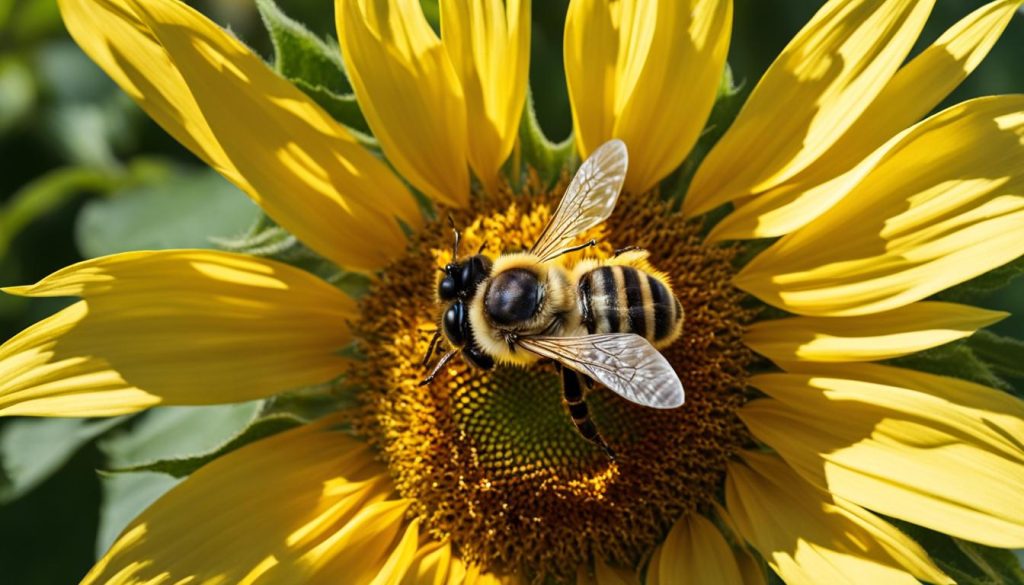
By implementing these strategies and selecting the right plants, you can create a bee-friendly landscape that benefits both your garden and the environment.
Attracting Butterflies to Your Garden
Butterflies are not only beautiful but also crucial pollinators. To attract these delicate creatures to your garden, you need to provide a suitable environment that meets their specific needs.
Selecting Butterfly-Friendly Plants
The first step in creating a butterfly-friendly garden is selecting the right plants. Butterflies are attracted to brightly coloured flowers with a sweet scent. They also require plants that provide nectar for adult butterflies and host plants for their larvae to feed on. Some popular butterfly-friendly plants include:
- Butterfly Weed – provides both nectar and host plants for monarchs
- Purple Coneflower – attracts a variety of butterfly species
- Black-Eyed Susan – provides nectar for adult butterflies
- Milkweed – essential for monarch butterfly reproduction
Planting these and similar butterfly-friendly plants in sunny areas of your garden will create an inviting habitat for these pollinators.
Providing Shelter and Water
Butterflies also require shelter and a source of water. Including a butterfly house or providing leaf litter and rocks for shelter can create a safe space for adult butterflies to rest. Additionally, placing shallow dishes with pebbles and fresh water will offer a much-needed water source for both adult butterflies and their larvae.
Avoiding Harmful Chemicals
Finally, it’s crucial to avoid using harmful chemicals such as pesticides and herbicides in your butterfly-friendly garden. These products can be lethal to butterflies and other beneficial insects. Instead, opt for natural pest control methods or seek out products that are specifically labeled as safe for pollinators.
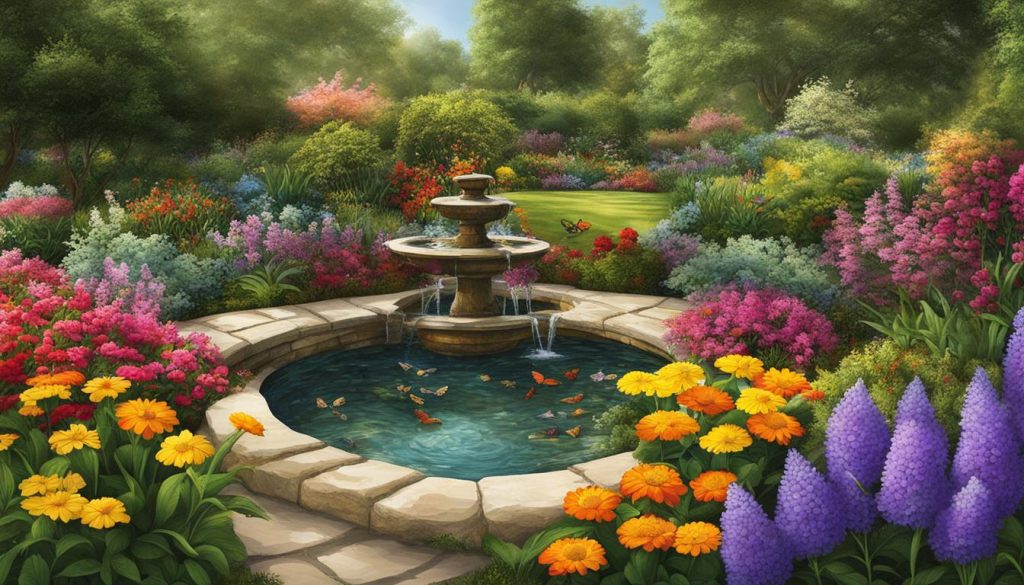
By following these tips, you can create a butterfly-friendly garden that not only adds beauty to your outdoor space but also supports the important work of pollinators in the Canadian ecosystem.
Pollinator-Friendly Landscaping in Canadian Climate
Creating a pollinator-friendly landscape is not only beneficial for the environment but also easy to achieve with the right knowledge and tools. When planning your garden, it’s essential to consider the climate of your region, as this can have a significant impact on the success of your landscaping efforts.
Choosing Native Plants
To create a pollinator-friendly landscape in the Canadian climate, it’s crucial to choose plants that are well-suited to the local environment. Native plants are the best choice as they have adapted to the climate and soil conditions and are more likely to thrive in your garden. They also provide a valuable food source for bees and butterflies. Consider planting wildflowers, shrubs, and trees that are native to your region to attract and support pollinators.
Providing Habitats
Another important factor to consider for pollinator-friendly landscaping is the provision of suitable habitats for bees and butterflies. Bees require nesting sites, such as hollow stems and wood blocks, while butterflies need host plants for their caterpillars to feed on. Consider incorporating cozy nesting habitats and caterpillar host plants throughout your garden to encourage these pollinators to visit regularly.
Maintaining Your Landscape
Proper maintenance of your pollinator-friendly landscape is essential for its long-term success. Avoid the use of harmful pesticides and herbicides that can harm pollinators and instead use organic, natural alternatives to control pests and weeds. Additionally, regularly watering and fertilizing your plants will ensure they stay healthy and vibrant, providing a continuous food source for bees and butterflies.
In conclusion, creating a pollinator-friendly landscape in the Canadian climate is an easy and rewarding way to contribute to the health of our environment. By selecting native plants, providing suitable habitats, and maintaining your garden, you can attract and support bees and butterflies throughout the seasons. Let’s all do our part in protecting our precious pollinators.
For any inquiries, our support team at Landscaping Near Me is always ready to assist you with a smile.
FAQ
Why is creating a pollinator-friendly landscape important?
Creating a pollinator-friendly landscape is important because bees and butterflies play a vital role in the reproduction of many plants. By attracting them to your garden, you can ensure the production of fruits, vegetables, and vibrant flowers.
What are some strategies to attract bees and butterflies?
Some strategies to attract bees and butterflies include providing the right food sources such as nectar-rich flowers, creating nesting habitats, and avoiding harmful pesticides.
How can I create a bee-friendly landscape?
To create a bee-friendly landscape, you can plant a variety of native flowers that provide nectar and pollen, provide nesting sites such as bee hotels or undisturbed areas, and avoid using pesticides that can harm bees.
What are some tips for attracting butterflies to my garden?
To attract butterflies to your garden, you can select nectar-rich flowers, provide host plants for caterpillars to feed on, create sun-soaked areas for basking, and avoid using pesticides that can harm butterflies.
How should I consider the Canadian climate in my pollinator-friendly landscaping?
When planning your pollinator-friendly landscape in Canada, it’s important to choose native plants that are well-suited to the local climate. These plants are more likely to thrive and provide the necessary resources for bees and butterflies throughout the seasons.
